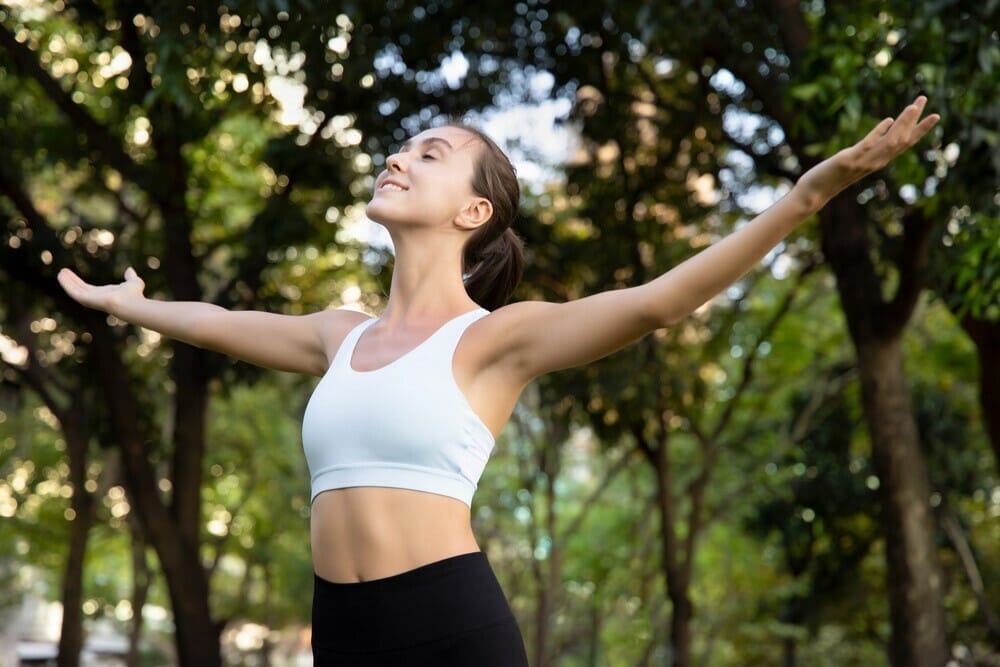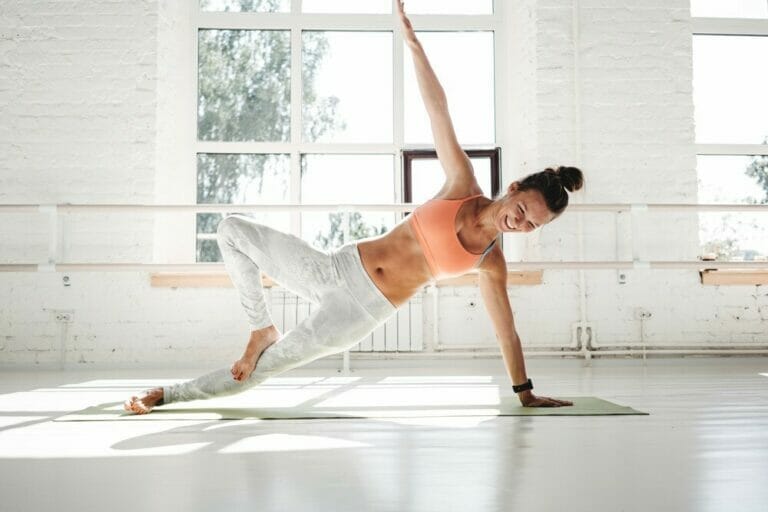Creating a Favourable Environment For Yoga
It’s hard to get motivated when the conditions are less than ideal. But there are ways to create a favourable environment for yoga, even in places where it might seem impossible.
After all, the practice is more about focusing on what you can do than what you can’t do.
This guide is designed for students who want to create a favourable environment for their yoga practices, whether at home, in a classroom, or outside!
In my experience as a yoga teacher of both beginning and advanced classes, I often observe that my students lack the proper tools and space needed to do their best.

In my earlier years, when I practised in a crowded, messy room with an abundance of distracting sounds, I always lacked the motivation to concentrate on my practice fully.
It was nearly impossible for me to create a favourable environment for my training in yoga class that lacked discipline and provided many distractions.
There were many times when I felt too hot or too cold or when someone would glance in my direction because they happened to be looking out the window.
I understand that my feelings and experiences may not be the same as yours, but a favourable environment for yoga will be created if the following ideas are applied.
Let's look at the conditions of the room. Is it clean? Is it quiet? Is there enough space to move around freely without hitting another person or object?
Yoga is a very personal practice that requires you to feel comfortable and focused, thus it is important to create a favourable environment for yoga.
The space you practice should be only dedicated to yoga, not for other activities. That means no television or family members are walking in and out of the room.
Claim your space
You should keep the doors closed and try to make this a no-distraction zone. If it is not possible to close the door, put up a sign that says “do not disturb.”
You can even draw a sign that says "do not disturb" in a design, you feel comfortable with. It will help keep the space clean and quiet, but it will also give you focus when practising.
Space is as important as time when creating a favourable environment for your practice. In the earlier part of the day, you may need to claim your area. It will prevent disturbances from members of your family and other activities done at home.
If you have a small apartment or house, choose a corner away from any door open and shut and loud noises. If you are in a natural environment, make sure no people around you will distract you with their noises!
Add the correct elements.
To feel comfortable, you need to feel as though this is a place that you can come as often as you like. You will do this by creating an environment where you want to practice.
For example, if you have a favourite song that makes it easy to meditate, then play it. Light a candle and burn incense, or create a sand mandala.
These can be powerful tools that will create a definite feeling of relaxation and focus.
Throughout the day, try to bring nature into your environment. For example, bring in some flowers and allow them to be in the room.
Use the outdoors, such as a tree or forest, to get nature indoors and let it be a part of your most crucial hour.
Create a peaceful atmosphere with music and meditation
Music and meditation go hand in hand for many people; they can help us feel calm and focus more fully on our practice. Find a CD that you like and listen to it throughout the entire session.

It is most effective when doing pranayama or meditation, but also lovely when preparing for Savasana.
Using meditation also helps create a favourable environment for yoga, as you are creating space for your mind to wander freely.
As you practice yoga, try to feel the connection with yourself and the world around you. Experiment with different types of music that you feel comfortable listening to.
Don’t forget the props.
Whether it’s a blanket, pillow, or yoga mat, you can use these tools to create a favourable environment for yoga practice. They may seem simple, but they are incredibly helpful in keeping yourself focused on your breath when practising.
The bigger the props, the more comfortable you may be. I would suggest using a blanket and pillow if possible.
One other point about props is that they must be free of distractions and should not be used as a distraction to break concentration. It’s important to remember that the props are for your personal space.
If you don't use them correctly, they can prevent you from feeling relaxed and focused during your practice session.
Let the Energy Flow
You can create a yoga set that you like by using the proper equipment, lighting, and décor components. However, there is no reason to limit the calming energy of yoga to a single location in your house.
With a bit of creativity, you can find a spot in your home or the natural environment where you can do pranayama and still keep the energy flowing.
Conclusion
When creating your personal space for yoga, you should feel comfortable and inspired. I’ve seen students who practice in small areas or unfamiliar rooms create their yoga environment by bringing in the few essentials that make them feel relaxed and ready for their practice.
Choose a time of day and locate a space that is comfortable and private. When you feel comfortable, you will be able to focus more on your practice.
I hope that you feel more confident in creating an environment that is ideal for yoga. Remember that it’s ok to change things up and try new things!
As you explore different techniques, develop combinations that allow you to relax, focus, and enjoy your practice.







